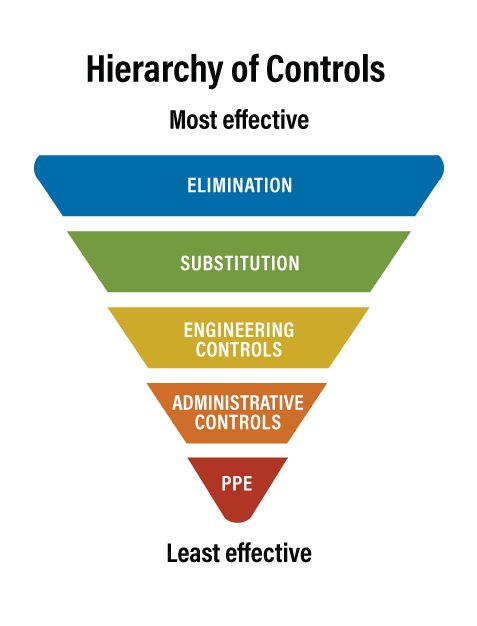I do wonder whether, had the driver seen the pedestrian in the mirror and stopped their vehicle, would the pedestrian have simply walked into the side of the trailer?
It is absolutely critical to remember that the intent of Vision Zero is not to eliminate all collisions. It is to
eliminate specifically killed or seriously injured collisions by carefully managing risk.
A pedestrian walking into the side of a stationary trailer is extremely unlikely to result in death or serious injury, whereas a pedestrian being crushed by the rear wheels of a tractor trailer is almost certain to result in death or serious injury.
To give another hypothetical example, if the City places a boulder on the road at a pedestrian crossover that causes traffic to slow down at the crossing (reducing the chance of death or serious injury) but also drastically increases the number of property-damage-only collisions (due to incompetent drivers hitting the boulder), that is a clear win from the perspective of Vision Zero even though the number of collisions increased.
That's an exaggerated example, but a similar phenomenon tends to occur with the implementation of roundabouts: more total collisions, but fewer severe collisions. Which old-fashioned traffic safety analysis would see as a failure (more collisions), but Vision Zero would see as a success (fewer injuries/deaths).
No road design except perhaps physical barriers will guarantee safety when any of the parties is inattentive. The truck driver may have the greater legal onus, but our HTO is not fail-safe nor is it meant to be. If we are talking from a level of fixing causal factors, rather than legal compliance, we need to build in features that mitigate or discourage inattention and/or bad judgement..
For a collision to occur due to user error, typically at least two road users need to be inattentive. First the one user needs to make an error, AND the other user needs to fail to identify/accommodate the error. If either user were attentive the collision could be avoided.
I liked
@reaperexpress ´s video as it shows that signal timing alone is not the sole answer.... the intersection portrayed is laid out entirely differently to most in this city. I wonder if the traffic volumes that we create are feasible with the more elaborate design. And we cram in maxxed out vehicle dimensions that maybe the road design can't handle. We are not merely perfecting road design, we are doing so under very high volume assumptions. Separating pedestrian occupancy from vehicle occupancy seems like a good solution, I wonder what the tradeoff on vehicular flow is?
Indeed the most effective solution is generally a systematic implementation of a set of safety interventions, rather than just focusing on a particular type of interventions. At an intersection level, geometric design and signal operations go hand-in-hand, it's difficult to have safe and efficient signal operations without designing the geometry accordingly, and vice versa.
As part of Safe System thinking, intersection design/operations is just one tool in the toolbox. On the
heirarchy of controls, it would fall under Engineering Controls, so more effective than administrative controls (e.g. traffic enforcement) or PPE (e.g. pedestrian helmets), but less effective than substitution (e.g. moving truck routes away from pedestrian/bike routes) or elimination (e.g. grade separation).
In an ideal world with infinite space and money we'd always eliminate hazards, but in the real world we need to use a combination of all the other types, taking opportunities to implement interventions higher on the heirarchy wherever possible.
This is what I was focusing on in my
blog post about the Safe Systems approach to urban planning.





